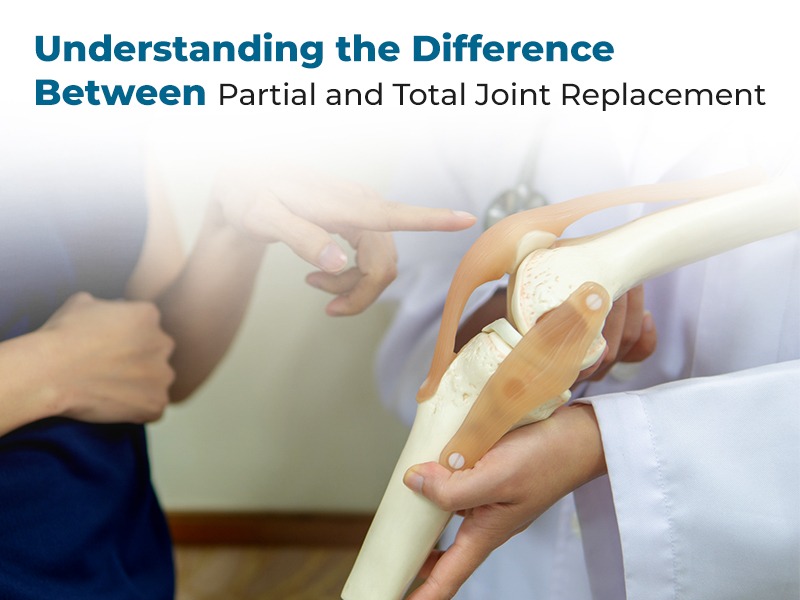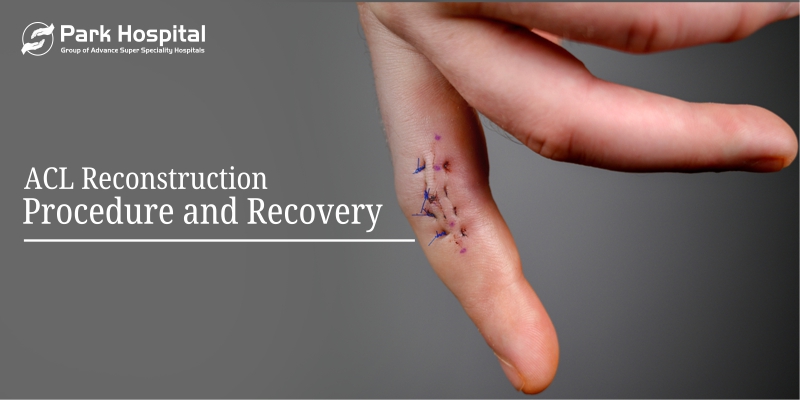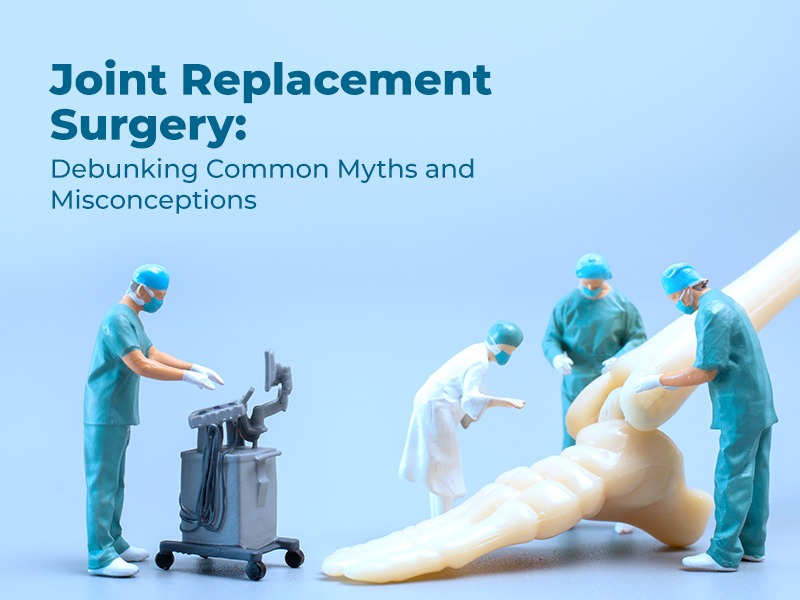Introduction
Leading a lifestyle with chronic joint pain can be extremely difficult, which feels like a silent battle. A constant struggle to move around can leave you exhausted and tired. Simple tasks begin to become little reminders of your limitations. This discomfort does not only lead to disappointment but also, many times, to isolation, frustration, and helplessness.
Joint Replacement Surgery seems to be helping a lot of individuals cope with their chronic aches. It offers a renewed sense of hope, which allows them to restore not only their lost movement but their vanished confidence, too. With Park Hospital and its holistic approach, patients have experienced a better quality of life. Through an approach of partial or total joint replacement, one can get rid of any unnecessary pain and bring back the joy of daily life. However, choosing between which option is ideal for your condition requires a thorough understanding of each. Understanding the key differences between them will guide you to a more informed decision, and this blog will walk you through both types of joint replacements.
What is Partial Joint Replacement?
Partial joint replacement surgery is a type of joint surgery that alleviates the chronic pain of joints. It helps in reducing the mobility limitations that come with these conditions. Although the initial goal of both types of surgeries is the same, which is to alleviate pain and other symptoms of chronic joint pain, their approaches are still very different from each other and require the guidance of an experienced professional to make the right choice.
Partial joint replacement, which is also commonly known as "unicompartmental" replacement, is a type of Joint Replacement Surgery that focuses on aiding the damaged part of the joint. This treatment method is commonly used for shoulder and knee joints, although it can also be used in the hip.
For instance, in a partial knee replacement, only the damaged compartment of the knee (inner, outer, or kneecap) is replaced with a prosthetic component. The rest of the knee, including the surrounding ligaments, tendons, and cartilage, is left intact.
A partial joint replacement surgery has a number of benefits, such as:
● Less invasive in nature
● Retention of natural movements
● Faster recovery
● Less blood loss
● Lower risk of infection
What is Total Joint Replacement?
Total knee replacement surgery explains itself with its name. It is the replacement of the entire joint with a prosthetic. This method of treatment is advised only when the damage is extensive, affecting multiple compartments of the joint.
For instance, doctors remove the damaged cartilage and bones from the end of the femur (thighbone) and the top of the tibia (shinbone) and replace them with artificial components. These components mimic the natural joint, leading to a better quality of life. There are a number of benefits that come with this treatment method, including
● Long-lasting results
● Comprehensive pain relief
● Reduced risk of further joint deterioration
Deciding Between Partial and Total Joint Replacement
It is a given that each method of treatment works holistically towards the same goal; it is just their approach that varies from each other. There are a number of factors that determine which treatment procedure is ideal. This involves:
● Age and Lifestyle: Your age and lifestyle play a crucial role in choosing which option to opt for. Younger generations usually prefer to opt for partial joint surgeries as they help shield and protect natural joint structures as much as possible. On the other hand, the elderly may benefit more by opting for the other option available.
● Extent of Joint Damage: If the damage in your joint is partial, then a partial joint replacement surgery is suggested for the betterment of your health. However, for extremely severe cases of joint damage, where multiple joint areas are affected, a total joint replacement surgery is advised.
● Overall Health: This may include examples of people who already have health complications and may want to prefer minimally invasive surgeries. On the contrary, people seeking long-term stability may lean more towards total joint replacement.
Embracing a Pain-Free Future with Park Hospital
Joint replacement surgery, whether partial or total, can be a life-changing procedure for individuals suffering from chronic joint pain and mobility limitations. Understanding the key differences between partial and total joint replacements helps patients make informed decisions based on their unique health needs, lifestyle, and preferences.
Park Hospital knows that living with joint discomfort affects not only your body but also your daily joy and sense of freedom. Their goal is to help you rediscover a pain-free life through compassionate, expert care and innovative joint replacement solutions. From your first consultation to your final rehabilitation session, they ensure that they provide you with expensive care and support, answer your questions, and provide the expertise you need for a successful recovery.




























